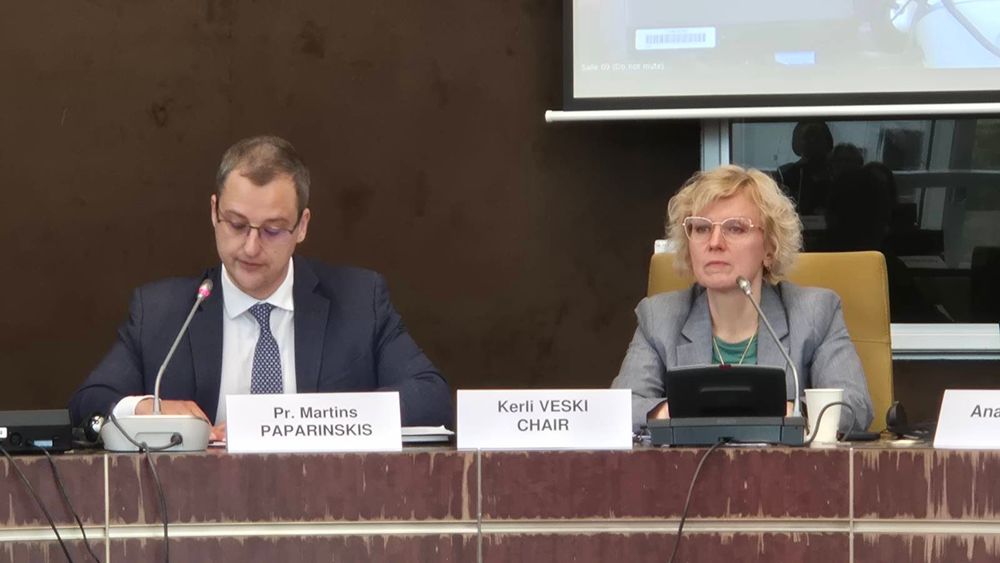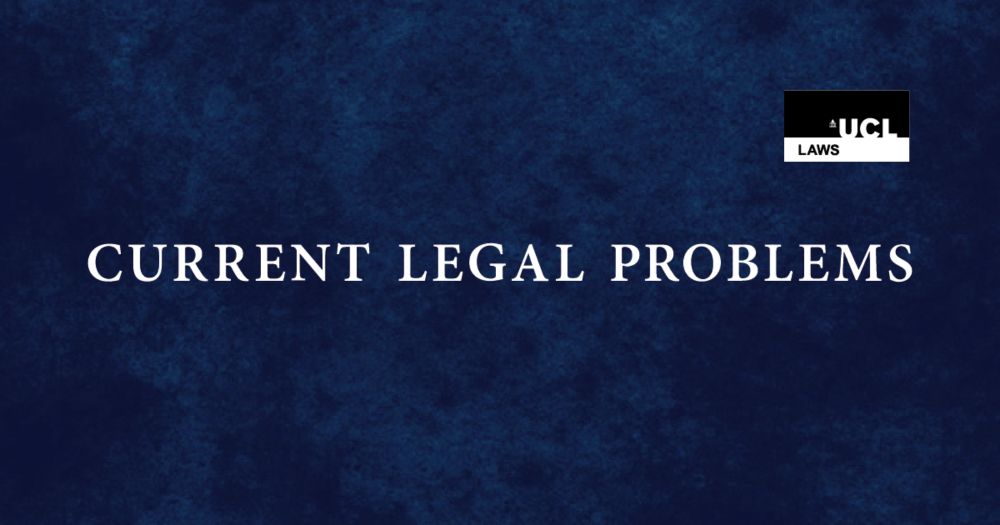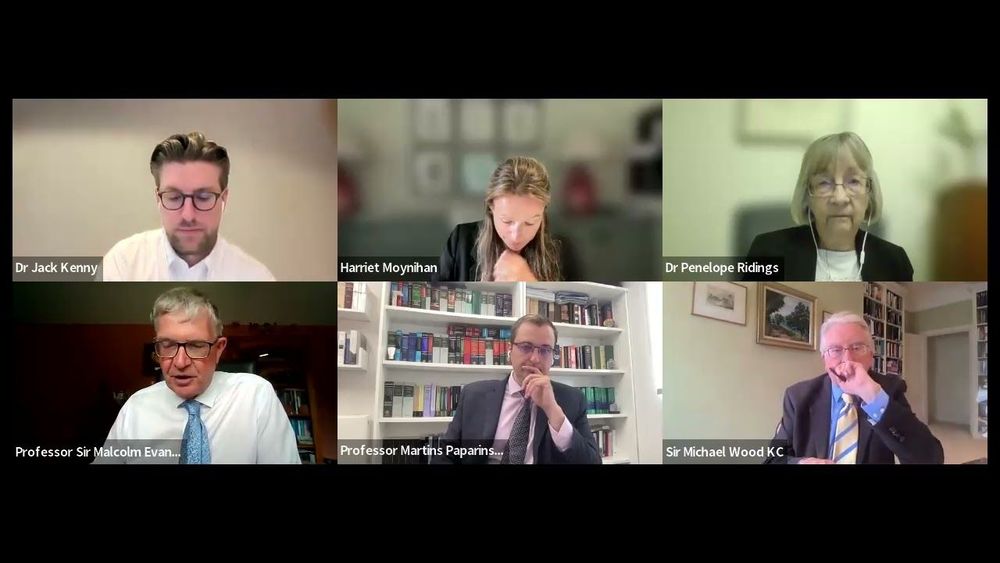Martins Paparinskis
@mpaparinskis.bsky.social
1.5K followers
690 following
27 posts
Professor of Public Int'l Law @laws.ucl.ac.uk; 🇺🇳 Int'l Law Commission, Chair ‘25
Also @fra.europa.eu Scientific Comm’ee, 🇺🇳ECE Water Convention Implementation Comm’ee, @cildialogues.bsky.social
https://profiles.ucl.ac.uk/40273-martins-paparin
Posts
Media
Videos
Starter Packs
Reposted by Martins Paparinskis
Reposted by Martins Paparinskis
Reposted by Martins Paparinskis
Reposted by Martins Paparinskis
Reposted by Martins Paparinskis
Reposted by Martins Paparinskis
Reposted by Martins Paparinskis
Reposted by Martins Paparinskis
Reposted by Martins Paparinskis
Reposted by Martins Paparinskis
Reposted by Martins Paparinskis
Reposted by Martins Paparinskis
Reposted by Martins Paparinskis
Reposted by Martins Paparinskis
Reposted by Martins Paparinskis
Reposted by Martins Paparinskis
Reposted by Martins Paparinskis
Reposted by Martins Paparinskis
Reposted by Martins Paparinskis
Reposted by Martins Paparinskis
Reposted by Martins Paparinskis



























